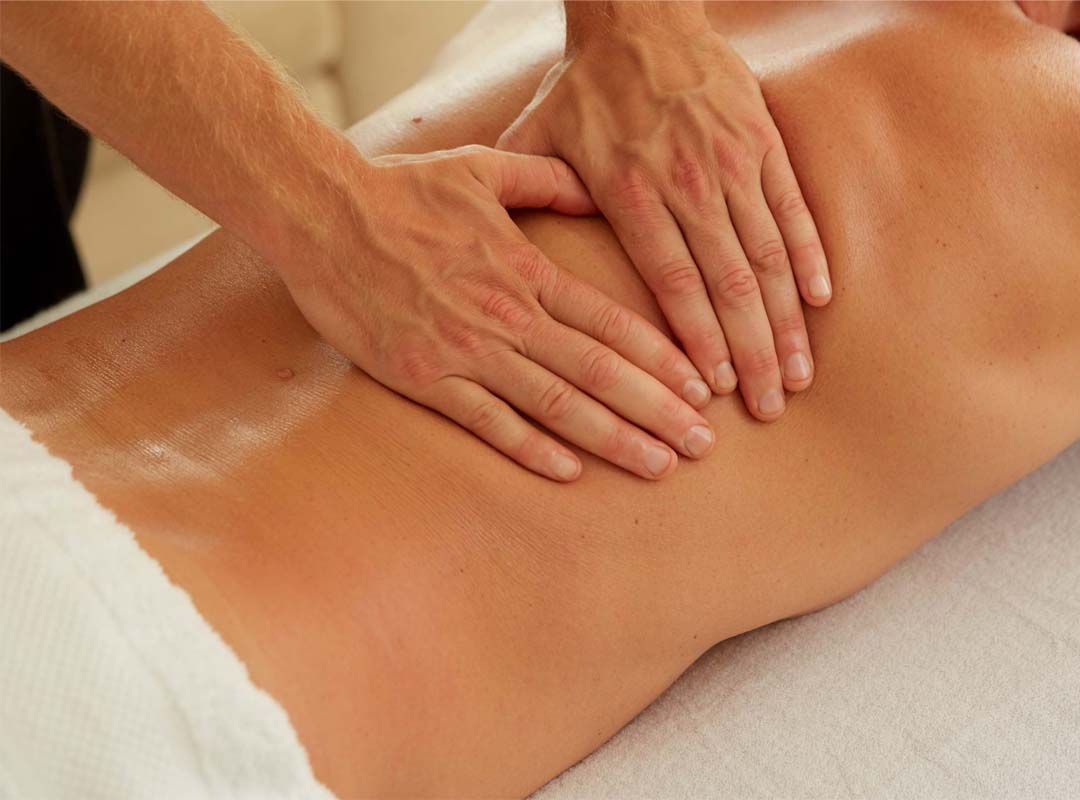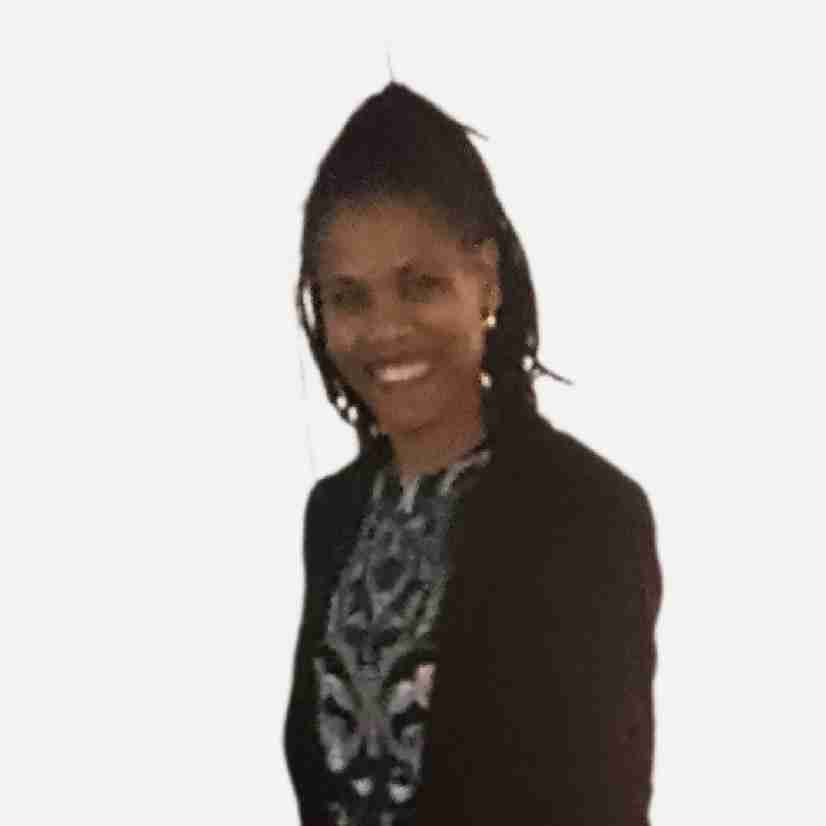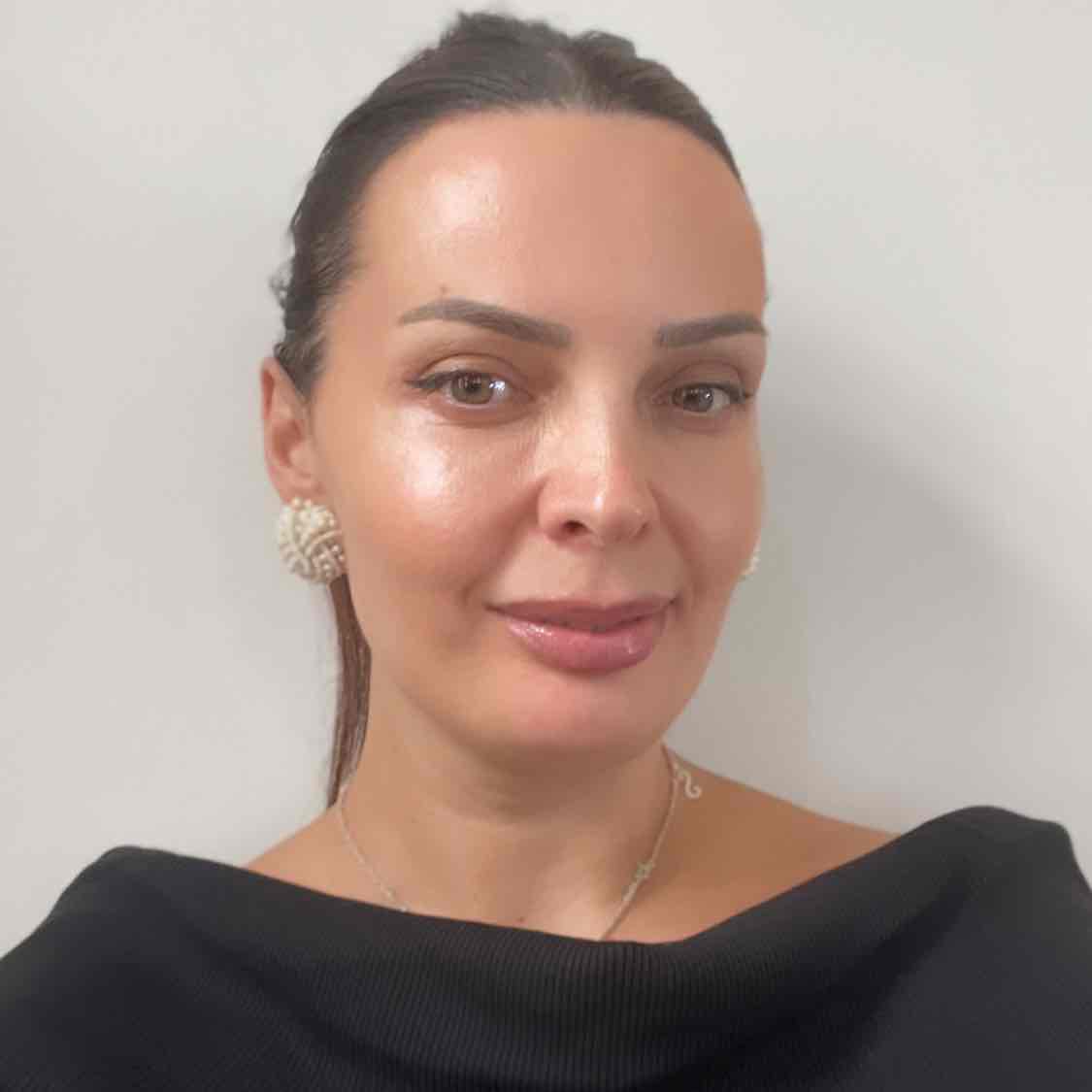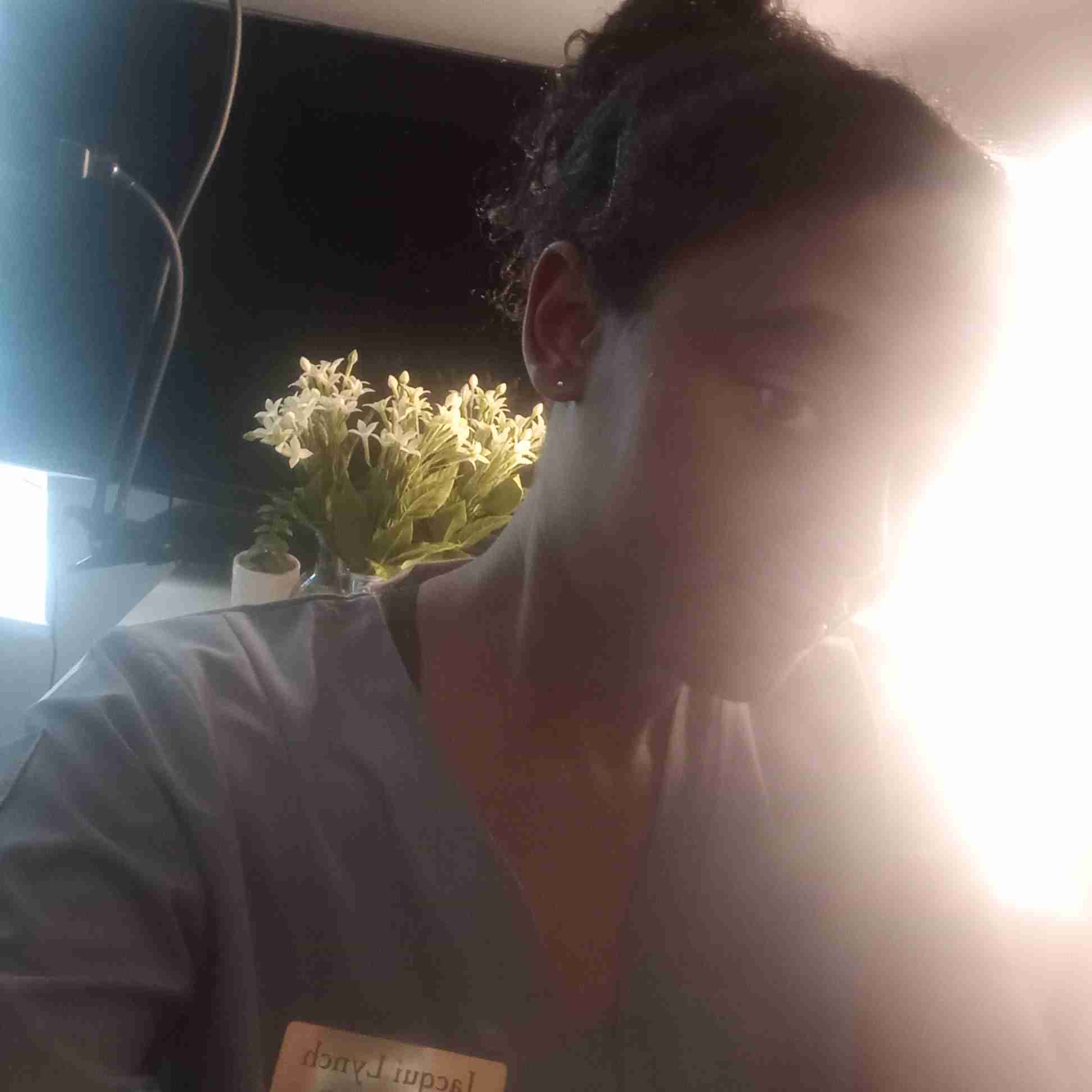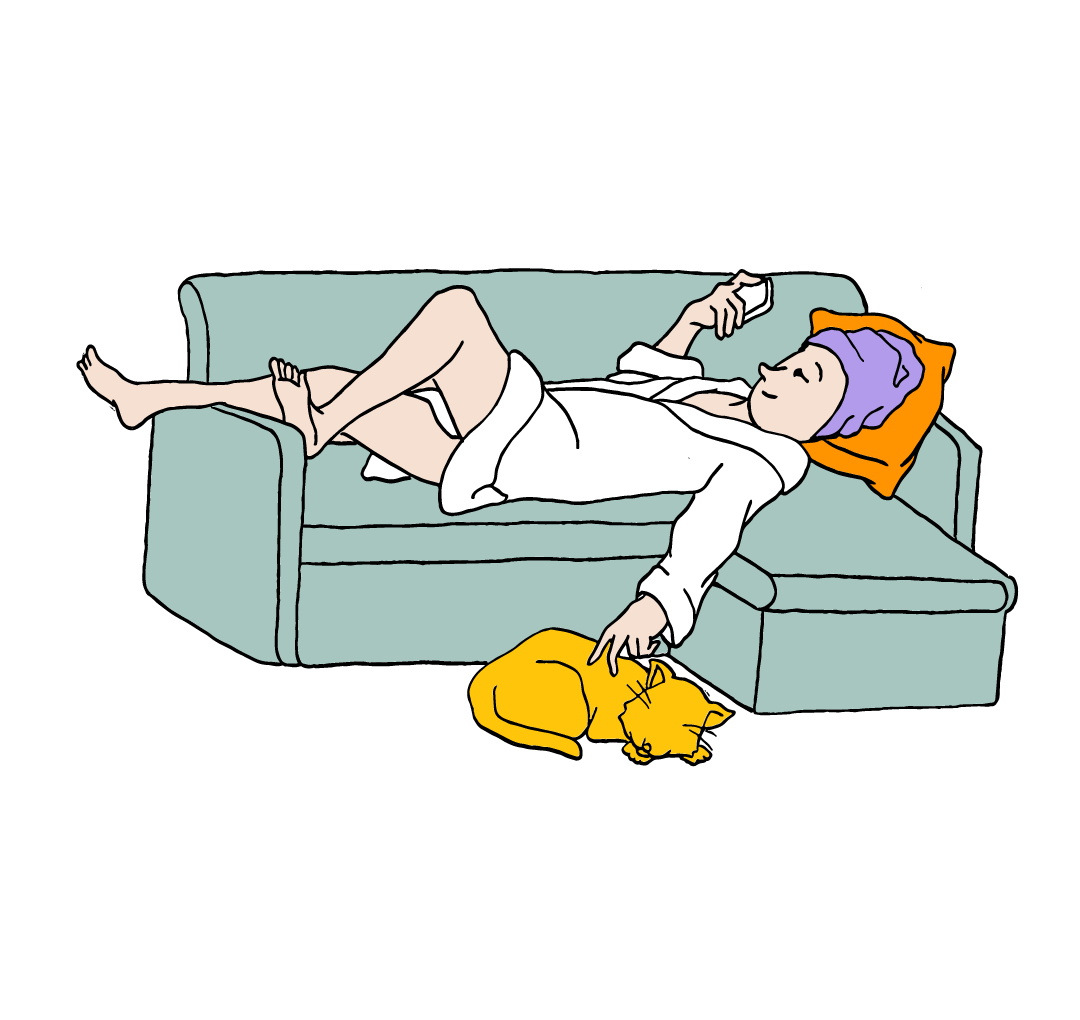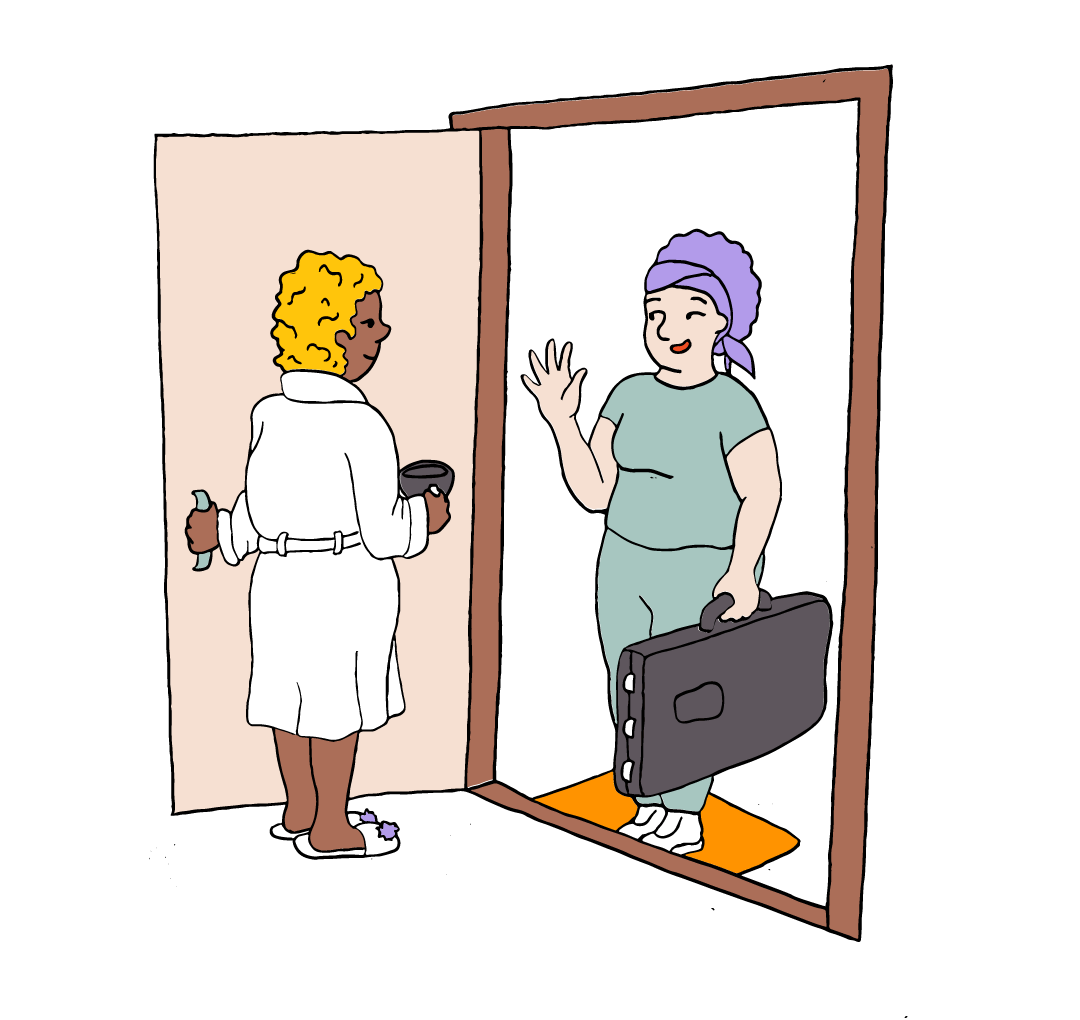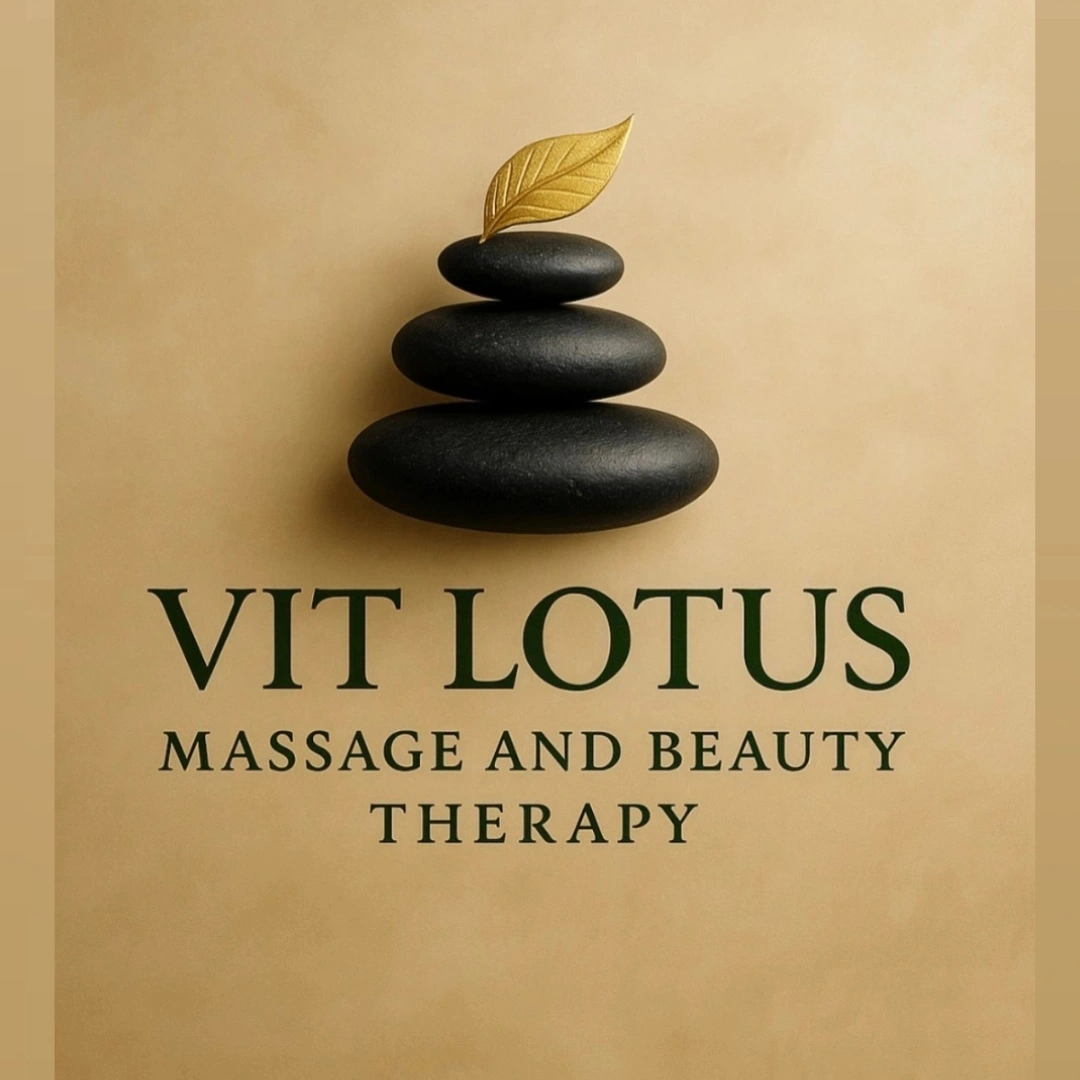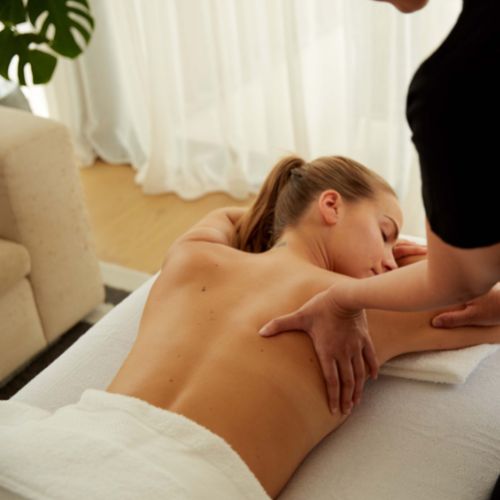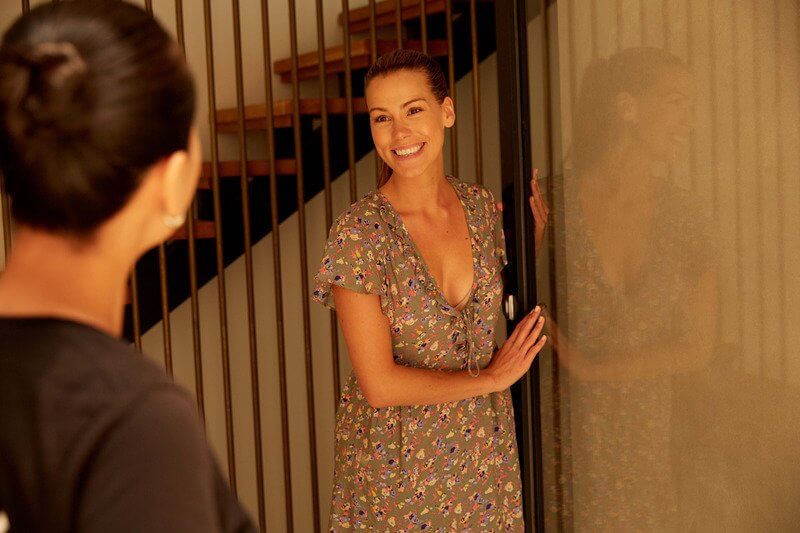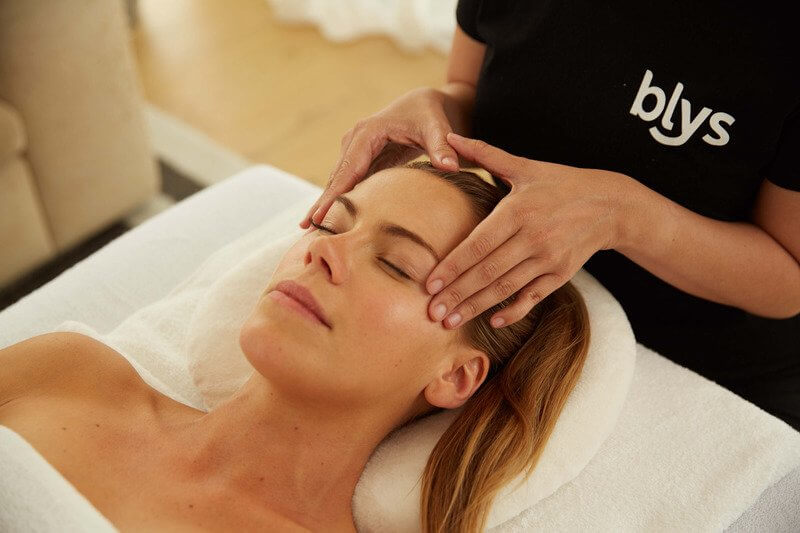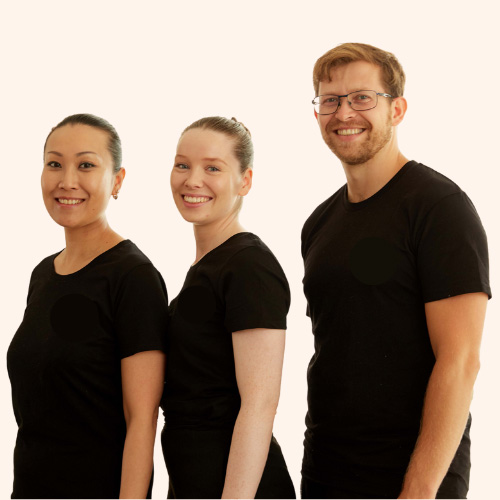Frequently Asked Questions
Is oncology massage the same as regular massage?
| Aspect | Oncology massage | Regular massage |
|---|---|---|
| Clients | Individuals with cancer or who have had cancer treatment. | Anyone seeking relaxation. |
| Adaptation | Tailored to specific medical conditions of individuals undergoing cancer treatment. | Open to anyone and purely focus on relaxation. |
| Therapist qualifications |
Diploma Remedial Therapies. Advanced Certificate in Traditional East-West Cupping & Modern Cupping. Certified Oncology Massage Therapist. Certified Lymphatic Drainage Therapist. Certified Hot Stone Massage Therapist. Certified Pregnancy Massage Therapist. Certificate IV in Remedial Therapies. |
Certificate IV in Massage Therapy. Diploma in Remedial Massage Therapy. |
| Modifications and positioning | More modifications and positional changes on the massage table with special attention to surgical sites, discomfort, and nausea. | Fewer modifications and positional changes. |
| Medical history assessment | Medical history is taken into consideration. | In most cases, medical history isn’t a focus. |
How does oncology massage work?
An oncology massage gently moves the skin and fascia to activate receptors that send signals to the nervous system. It triggers the relaxation response which reduces muscle tension, pain, and anxiety.
In addition, this massage may release endorphins (natural pain relievers) and other hormones that promote well-being.
Is oncology massage beneficial for patients undergoing chemotherapy?
Yes, various studies have indicated that oncology massage can:
- Improve sleep.
- Reduce nausea and vomiting.
- Reduce depression and anxiety.
- Reduce fatigue.
How often should I have an oncology massage?
The frequency of oncology massage depends on individual needs, treatment plans, and guidance from healthcare professionals. It’s recommended to consult with your healthcare provider to determine the appropriate frequency.
Does oncology massage hurt?
Oncology massage is generally gentle and focused on providing relaxation and comfort. It’s important to communicate any discomfort to your therapist for adjustments.
Is oncology massage the same as lymphatic drainage massage?
| Aspect | Oncology massage | Lymphatic drainage massage |
|---|---|---|
| Clients | Individuals with cancer or who have had cancer treatment. | Individuals who want to promote lymph flow and reduce swelling. |
| Techniques | Uses gentle strokes and light pressure. | Uses specific hand movements to stimulate lymph flow. |
| Trained therapist | Certified oncology massage therapist. | Certified lymphatic drainage therapist. |
| Focus areas | Hands, feet, head, and areas of discomfort. | Entire body, especially lymph node areas. |
How long after chemotherapy can you get a massage?
The general advice is to wait at least 24 hours after chemotherapy before receiving a massage.
How do I choose an oncology massage therapist?
Search through the Provider Directory and view the profiles of our oncology massage therapists to find one that suits your needs. The directory allows you to compare qualifications, reviews, and specialties before placing a booking.
Why is medical consent not required for treatment by an oncology massage therapist?
You don’t need medical consent for treatment from an oncology massage therapist, as they undergo specialised training to address your unique needs during cancer treatment. Your consent is enough, but if you have any concerns, it’s advisable to consult your doctor beforehand.
